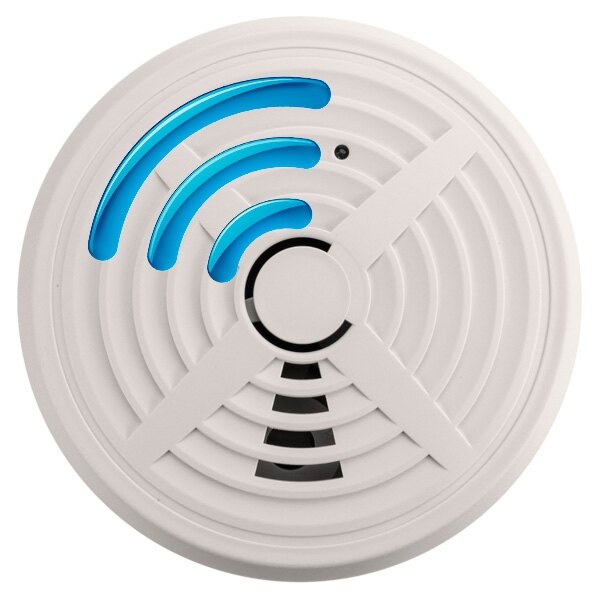-
Contact
Sales & Customer Service
0800 612 6537 support@safelincs.co.uk Live ChatDelivery Enquiries
0800 077 6149 - Resources
Fire & Safety Solutions
CALL OUR TEAM NOW 0800 612 6537
Also FREE from UK mobiles
Quick Delivery
From £4.19 inc VAT
Live Chat - Online
Instant help & Advice
Trade Discounts
and exclusive pricing
0% Credit Available
Open an account now
5 Star Customer Feedback
Mains Radio-Interlinked Optical Smoke Alarm with Alkaline Back-up - BRK 660RF
Discontinued Product
This product has been discontinued.
Product Overview
Technical Data
FAQs (3)
The BRK 660RF is a mains powered optical smoke alarm supplied with a radio-frequency base plate to achieve wireless interlinking. Up to 50 BRK radio-interlinked smoke and heat alarms can be interlinked within a single system, and its 9V alkaline back-up battery continues to power the alarm after a mains failure.
- 230V mains powered with 9V back-up battery (included)
- Kitemarked to BS EN 14604
- Suitable for installations complying with BS 5839-6: 2019 Grade D2
- Consists of a BRK 660MBX optical smoke alarm and a radio-frequency base plate
- Requires no cables between units
- Up to 50 alarms can be wirelessly interlinked within a single system
- Suitable for hallways, living rooms and bedrooms
- Quick to detect slow smouldering fires
- With test and hush button facility
- Radio-frequency range: 150m in free space, 30m in buildings
- 5 year warranty
- Supplied with fixings; 2 x screws and 2 x rawl plugs
| Product Code | BK660RF |
|---|---|
| Alternative Product Codes | BK660, BK660RF, 660RF |
| Brand | BRK |
| Back-Up Battery | 9V Alkaline |
| Dimensions (HxDia) | Optical Smoke Alarm: 44x140mm RF Base: 30x140mm |
| Operating Temperature | +5°C to +38°C |
| Relative Humidity | 10% to 85% |
| Sound Output | 85dB |
| Warranty | 5 Years |
| Weight | 0.44kg |
| Product Datasheets |
Q. What sort of smoke alarm system would I need to install for a HMO?
A.
BS 5839-6 recommends that one or two storey HMOs with an individual floor area of no more than 200sqm (not the total of both floors) should have a Grade D smoke alarm system installed. Grade D refers to mains powered smoke alarms with a back up battery power supply. The alarms can be interlinked either by wire or by radio signal and the system does not require a separate fire alarm panel. For HMOs of 3 storey or higher, a Grade A panel system would need to be installed. This can cover the whole of the building, or can be used just for the communal areas with a separate Grade D system installed for the individual dwellings. For both applications, the level of cover should be a minimum of LD3 (in all escape routes) but this may change according to the fire risk assessment.
Q. If the radio interlinking signal on one unit fails will the units still work as stand alone units.
A.
Yes, should the radio interlinking signal fail the units will continue to sound independently should they detect a fire.
Q. My ceiling light is on a dimmer switch. Can I still power my radio-interlinked mains smoke alarms from this lighting supply?
A.
In modern housing the lighting circuit will travel around your house with the lights being fed from it. Between the circuit and the light will be a switch (or in this case a dimmer) which will control the light. Your mains powered alarms are connected directly to the circuit and have constant power, so are not affected by switches or dimmers. In older homes that have not had the electrics updated this may not be the case so it is advisable to consult an electrician.
Looking for more information?
If you have any questions or would like more information about this product you can ask one of our specialists.
Live Chat Available Now
Direct Telephone
01507 464181




















